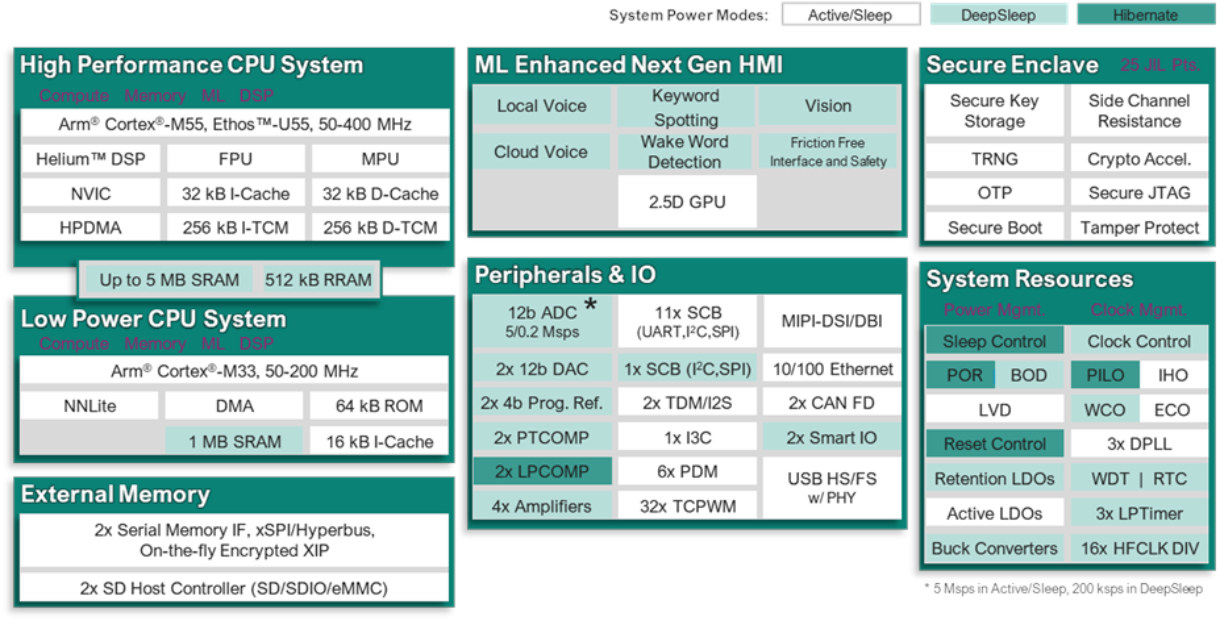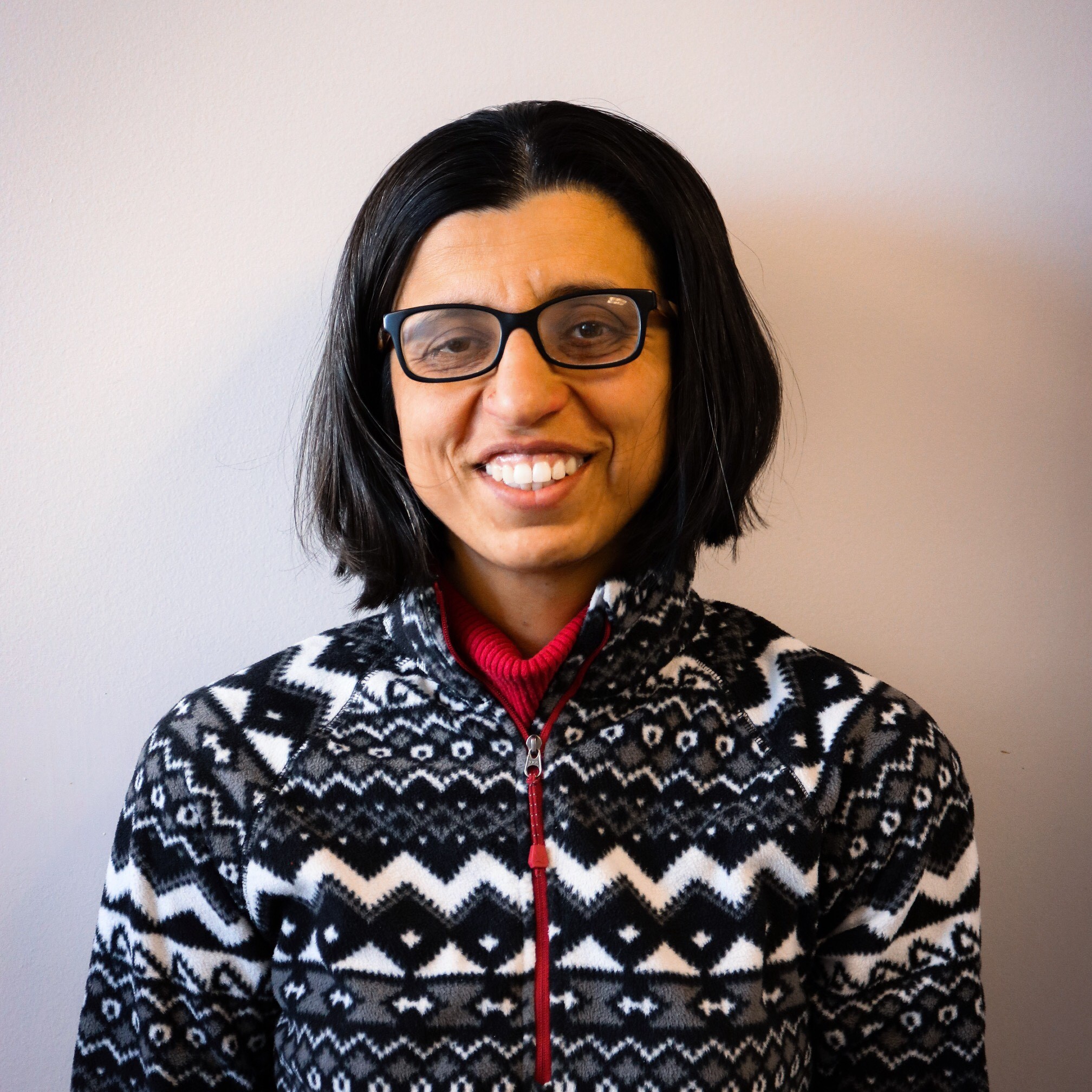In the 2002 science fiction blockbuster movie Minority Report, Tom Cruise’s character John Anderton makes use of his palms, sheathed in particular gloves, to interface with his wall-sized clear laptop display. The laptop acknowledges his gestures to enlarge, zoom in, and swipe away. Although this futuristic imaginative and prescient for computer-human interplay is now 20 years outdated, right now’s people nonetheless interface with computer systems through the use of a mouse, keyboard, distant management, or small contact display. However, a lot effort has been devoted by researchers to unlock extra pure types of communication with out requiring contact between the person and the system. Voice instructions are a outstanding instance which have discovered their approach into trendy smartphones and digital assistants, letting us work together and management units by speech.
Hand gestures represent one other essential mode of human communication that might be adopted for human-computer interactions. Recent progress in digicam techniques, picture evaluation, and machine studying have made optical-based gesture recognition a extra engaging choice in most contexts than approaches counting on wearable sensors or knowledge gloves, as utilized by Anderton in Minority Report. However, present strategies are hindered by quite a lot of limitations, together with excessive computational complexity, low pace, poor accuracy, or a low variety of recognizable gestures. To sort out these points, a crew led by Zhiyi Yu of Sun Yat-sen University, China, not too long ago developed a new hand gesture recognition algorithm that strikes an excellent stability between complexity, accuracy, and applicability. As detailed in their paper, which was printed in the Journal of Electronic Imaging, the crew adopted progressive methods to beat key challenges and understand an algorithm that may be simply utilized in consumer-level units.
One of the primary options of the algorithm is adaptability to completely different hand varieties. The algorithm first tries to categorise the hand sort of the person as both slim, regular, or broad primarily based on three measurements accounting for relationships between palm width, palm size, and finger size. If this classification is profitable, subsequent steps in the hand gesture recognition course of solely examine the enter gesture with saved samples of the identical hand sort. “Traditional easy algorithms are likely to endure from low recognition charges as a result of they can not cope with completely different hand varieties. By first classifying the enter gesture by hand sort and then utilizing pattern libraries that match this sort, we will enhance the general recognition fee with virtually negligible useful resource consumption,” explains Yu.
Another key side of the crew’s technique is using a “shortcut characteristic” to carry out a prerecognition step. While the recognition algorithm is able to figuring out an enter gesture out of 9 doable gestures, evaluating all of the options of the enter gesture with these of the saved samples for all doable gestures could be very time consuming. To resolve this drawback, the prerecognition step calculates a ratio of the realm of the hand to pick out the three most definitely gestures of the doable 9. This easy characteristic is sufficient to slender down the variety of candidate gestures to 3, out of which the ultimate gesture is determined utilizing a way more complicated and high-precision characteristic extraction primarily based on “Hu invariant moments.” Yu says, “The gesture prerecognition step not solely reduces the variety of calculations and {hardware} sources required but additionally improves recognition pace with out compromising accuracy.”
The crew examined their algorithm each in a business PC processor and an FPGA platform utilizing an USB digicam. They had 40 volunteers make the 9 hand gestures a number of occasions to construct up the pattern library, and one other 40 volunteers to find out the accuracy of the system. Overall, the outcomes confirmed that the proposed method may acknowledge hand gestures in actual time with an accuracy exceeding 93%, even when the enter gesture photos had been rotated, translated, or scaled. According to the researchers, future work will deal with bettering the efficiency of the algorithm beneath poor lightning situations and rising the variety of doable gestures.
Gesture recognition has many promising fields of software and may pave the best way to new methods of controlling digital units. A revolution in human-computer interplay could be shut at hand!
Story Source:
Materials offered by SPIE–International Society for Optics and Photonics. Note: Content could also be edited for fashion and size.
https://www.sciencedaily.com/releases/2021/12/211227154426.htm



